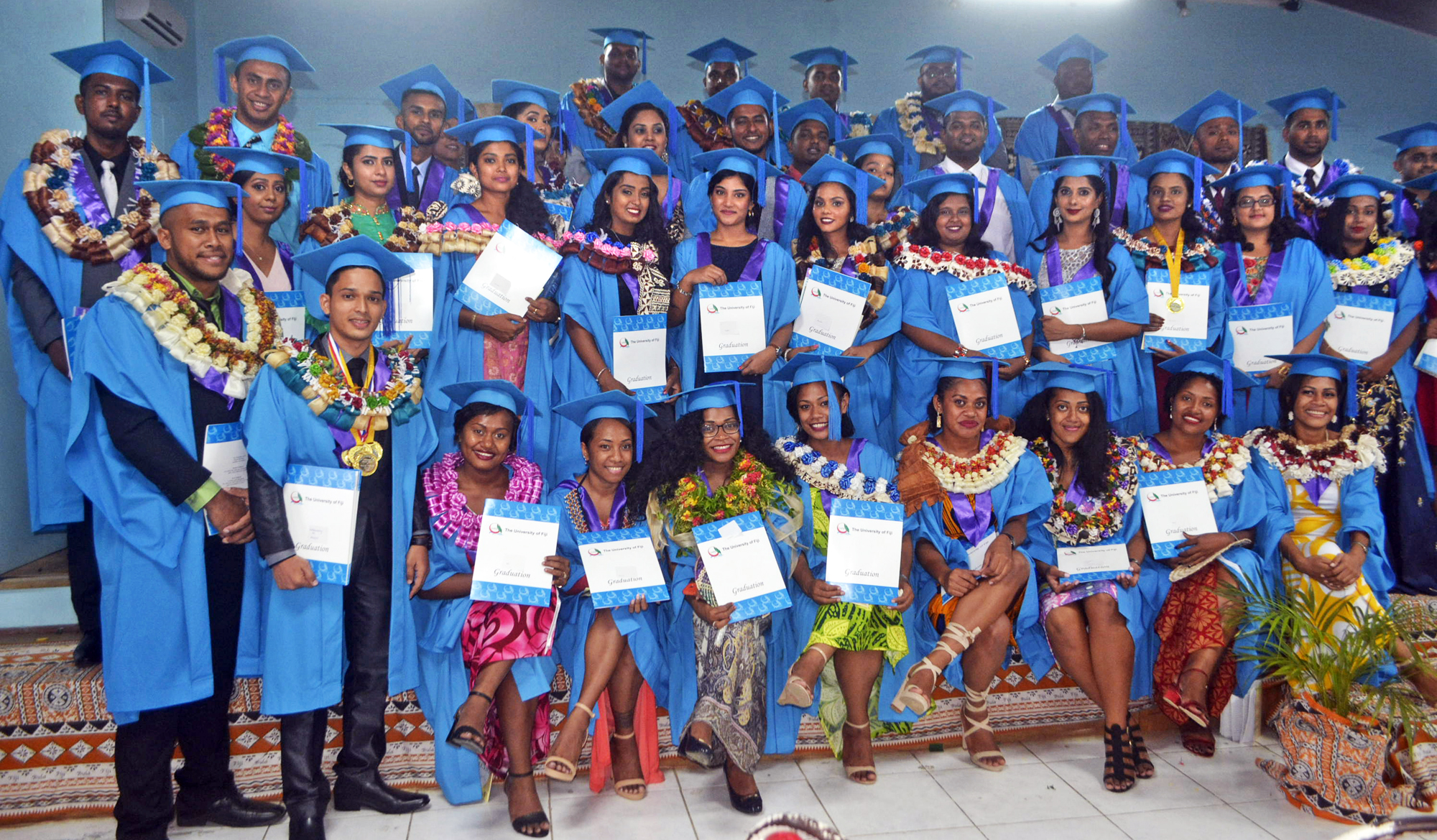EVEN though children from poorer households in some areas around Fiji attend primary and secondary schools at similar or higher rates than those from wealthier households, they are far less likely to progress to tertiary education.
This finding was highlighted in the Fiji Bureau of Statistics (FBOS) Multiple Indicator Cluster Surveys (MICS) Wave 3 Results Report that was released yesterday.
The findings show that 39 per cent of individuals in the poorest households had primary education as their highest level, nearly double that of the richest households, but only 6 per cent advanced to university compared with 31 per cent from the richest households.
The survey is based on a nationally representative sample of 2734 households — 1452 from urban areas and 1282 from rural areas.
FBOS CEO Kemueli Naiqama said access to higher education in Fiji depended largely on individual performance rather than household income.
“Everyone has access to higher education,” he said.
“And I guess in Fiji it depends on the marks attained by respective students.”
He acknowledged that income levels and family circumstances could influence access, particularly in terms of meals, school supplies and other needs, but stressed that academic achievement remained the main determining factor.
“It can be coming from a poor family, but if it’s a brighter student, they can have easy access to education due to the marks attained during examination.”
Mr Naiqama also emphasised that the survey results were drawn from a sample of the population rather than a full census.
“For example, we have a total of 1982 counting areas, and from those we selected a national sample.
“It’s not the whole. If it were the whole, then it would be a much more expensive exercise.”



